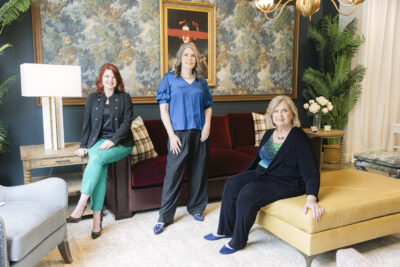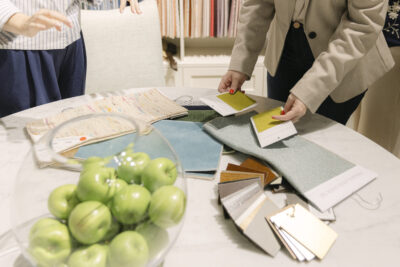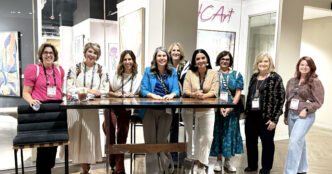Thanks to tariffs, interior designers now have to be economists! In addition to understanding design and how to run a business!
Ok not really. But what you DO need to do is prepare your clients for price fluctuations that may happen as a result of tariffs. A lot can happen to the end cost of an item in the time that elapses between when you price an item, show it to your client, they decide to purchase, and when the purchase is finally made. In this ever-shifting landscape, a wise designer explains this to clients to maintain credibility.
So how do you price products when costs are changing in response to tariffs? You need a buttoned-up contract to protect you and explain what may happen if there are changes before delivery. We all need to set expectations with clients, who are often confused about what a tariff really means. All this adds stress to nearly burnt-out professionals across many sectors; we are not alone, but our industry is one strongly affected by the issue.
I am not an economist, nor am I even especially good at math, but I have been paying attention, reading, and listening. As the leader of The Designers Collaborative, I do what I can to help our members succeed- so I have been trying to learn what I can. A large group of interior designers look to me for answers, and I am uniquely positioned to have my ear to the ground. Here’s my understanding so far.
An oversimplification of tariffs:
-Tariffs are taxes.
-These are set by the federal government.
-The federal government is collecting the taxes; they are the ones getting the money.
-These taxes aka tariffs are increasing prices. In a nutshell, tariff = price increase.
-Successful designers don’t pay their clients’ taxes or eat the price increase they cause. Designers need to make any tariff charge clear and pass on the increase to the client’s bill.
-Sometimes vendors choose to redo their price list, increasing the cost of each item to include the tariff. Other times, they add it as a surcharge to the price as a separate line item on the total bill. Either way, the end result is the same: the cost has increased.
-We live in a global economy.
-A “made in America” sofa takes 12 vendors who make the materials that create that sofa- and they’re sourced from all over the world. Expect pricing to reflect the increased costs of these components, because it will make that sofa more expensive to produce.
-Metal, lighting products, and similar components are mainly made in China. Motion mechanisms like swivels, recliners, springs, hardware, and many other elements fall in this category.
-This is going to be a long, confusing, and changing situation for the next while. Hopefully, it will stabilize. It has not yet.
How to cope:
-I am certainly not an attorney (talk to one if you need!) but you may want to consider having a clause in your contract stating something like:
Tariff and Price Fluctuation- The Client acknowledges that the cost of goods and materials may be subject to change due to fluctuations in tariffs, import/export duties, and imposed charges by or against the United States. The client agrees to bear full responsibility for any additional expenses.
-In your project kick-off meeting with your clients, set expectations and explain that you will keep on top of things as best you can to avoid surprise charges, but there can be unforeseen tariffs that will be the responsibility of the client.
-Be sure to price your products as close to the sales meeting as possible and double-check that prices haven’t changed. These changes are happening more frequently than usual.
-Be on the lookout for surcharges. These will usually be listed on the cover sheet or beginning pages of the price book. Also, keep an eye out for a fully updated price list. You can also check in with your sales reps to confirm you have the accurate and current pricing. At TDC, our Account Holders keep current on vendor price changes for our members, and you can always check in with them.
Bottom line
You can’t afford to be bashful in your approach to this issue with your clients.
It is my hope that this information was useful to you- I and the TDC community will be here throughout these rocky and uncertain days. Be kind to yourself; this is a stressful issue! If you are not already a member, consider joining– we are helping one another stay connected and informed. Keep calm and carry on designing.
**Note: this was written on Oct 17, 2025









